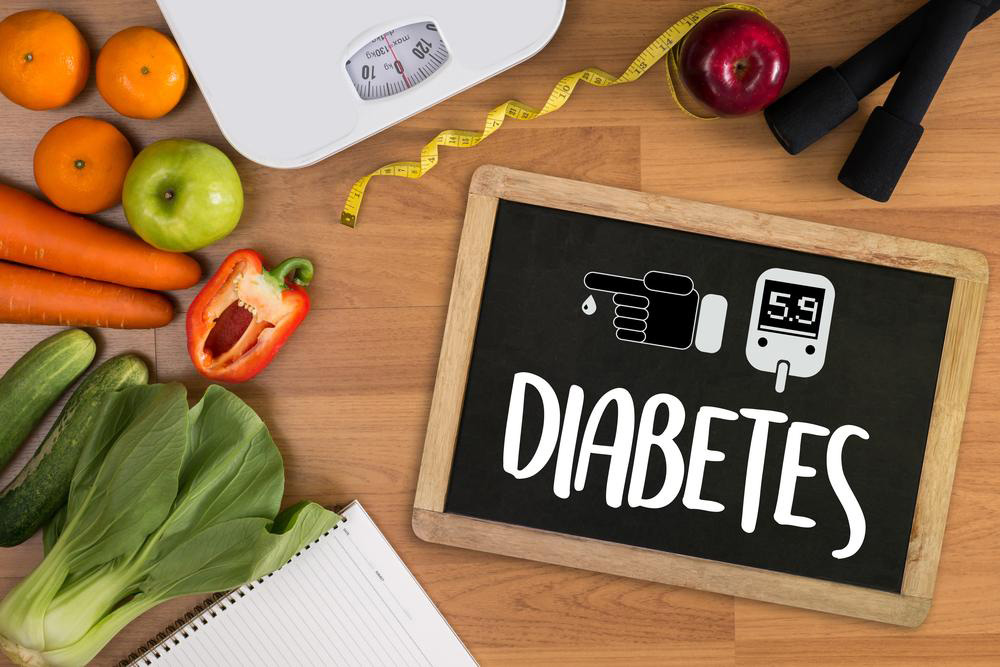A few healthy habits to befriend if you have diabetes
Diabetes does not mean that you have to resign yourself to bland, tasteless food. There are plenty of diabetic recipes, which can turn around your belief about food fit for diabetes. From mouthwatering salads to delectable desserts, you can try them all as long as you manage your portion size and limit your daily calorie intake.

This may take little effort and planning. You can plan your diet chart with healthy diabetic recipes or consult a trained dietician for more professional touch. Here are a few tips to turn over your regular cooking into diabetic recipes.
- Try baking as an alternative to frying. This uses the minimum amount of oil while retaining the flavour and crispness of food.
- Prefer steaming to frying as steamed veggies retain all the nutrients and goodness, which are lost in the pan.
- Grilling is another alternative you can try. It uses less oil and a part of the fat simply drips off the racks.
- Give up deep frying in favour of sauteed, stir-fried, poached or roasted food.
- Switch to vegetable oils like olive oil and canola oil as a cooking medium.
- Try honey as a natural substitute for sugar.
Your sugar cheat sheet: A diabetes-friendly diet does not mean that you have to go hunting for diabetic recipes without sugar. Controlling the daily intake of sugar should suffice.
- Stay away from pre-sweetened tea, coffee or yoghurt. Add your own sugar to put a check on the no. of tablespoons you take.
- Avoid processed or packaged food including bread, pasta, sauces and instant mashed potatoes.
- Cut down on your intake of soft drinks, colas and processed juices.
- Opt for whole fruits, as they are healthier than fruit juices.
- Look for natural alternatives to sugar.
- Add secondary flavours like cinnamon and nutmeg to compensate for the low level of sugar.
Cut down on salt: High levels of sodium in your blood can lead to high blood pressure, which in combination with your diabetes, makes you more susceptible to heart diseases. Look for diabetic recipes using salt in limited quantities or relying on low-sodium alternatives.
Fruits: Whole fruits are good for your health. However, you should not overlook the fact that they are simple sugars and as such, can be included in your diet only in small portions.
Plan your meals: To keep your sugar levels from shooting up abnormally, you should eat at regular intervals. Some people like to limit this to a small snack every two hours. This aids the proper absorption of glucose in the bloodstream and prevents binge eating.
- A healthy and filling breakfast is one of the best ways to kickstart your day. Try and include whole wheat cereal, poached or boiled egg whites, a glass of low-fat milk and whole fresh fruits.
- For lunch, you can opt for diabetic recipes of tuna or shrimp salads, steamed or stir-fried vegetables and vegetable soups.
- Try salmon or other low-fat fish preparations for dinner.











